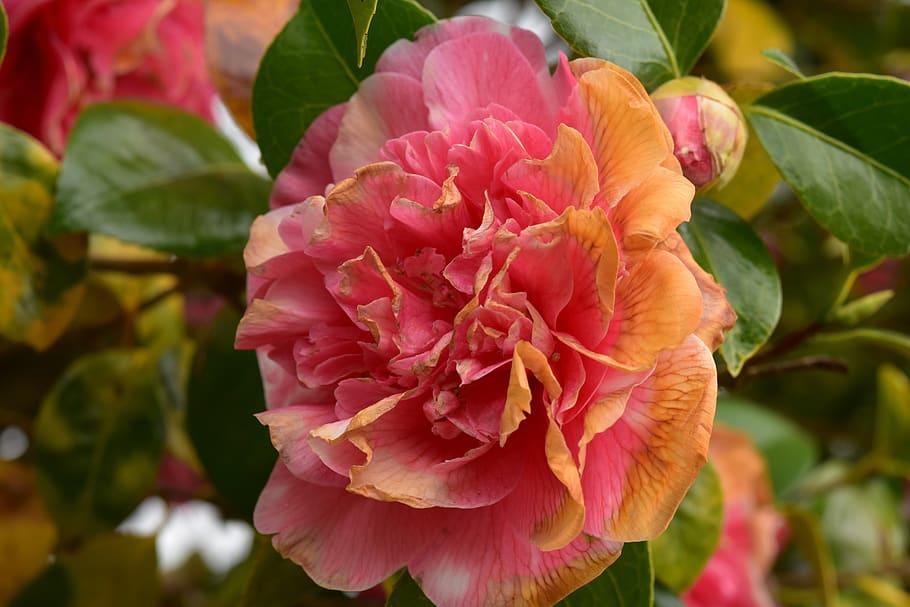
Camellia petal and flower blight
Ciborinia camelliae
What is Camellia petal (Ciborinia camelliae)?
Camellia petal and flower blight, caused by the Ciborinia camelliae fungus that attacks only opened flower parts of camellia plants. It is prevalent in temperate and subtropical regions like East Asia, North America, and Europe. Symptoms include brown or black spots on petals, discoloration, petal rot, and early flower blight.
How does Camellia petal (Ciborinia camelliae) occur?
The life cycle of camellia petal blight begins with dormant sclerotia in the soil or mulch under camellia bushes. When conditions are right, the sclerotia germinate, forming apothecia that release infective ascospores. These spores enter camellia flowers, causing browning and lesions. If the infection is successful, new sclerotia form at the flower base and fall to the ground, remaining dormant until the next year. Sclerotia can last up to 5 years, so removing and destroying them is crucial to breaking the camellia petal blight cycle.
Symptoms
1 - Impact on Plant Health
Ciborinia camelliae causes small brown spots on petals, which expand to cover the entire petal, turning it brown. This results in discolored and unattractive flowers, reducing their ornamental value.
Solutions
1 - Cultural Control
• Plant autumn flowering or early flowering varieties to avoid Ciborinia camelliae introduction. Importing bare-root camellias helps prevent soil-borne inoculum transmission. • Remove infected flowers to reduce inoculum. Removing weeds and ground covers aids in finding and disposing of diseased flowers. • Rake the top mulch layer and replace it with new mulch to hinder spore release. Prune lower branches for better airflow and easier flower removal. • Destroy collected diseased flowers and avoid composting, as sclerotia can survive the process.
2 - Biological Control
Various organisms like Trichoderma spp., Coniothyrium minitans, Clonostachys rosea, Schizophyllum commune Sc3, Phanerochaete cordylines HR469, and Pycnoporus coccineus HR582 have shown efficacy in reducing sclerotia in lab tests but were not effective in field conditions for now.
3 - Chemical Controls
Chemical control options for managing Ciborinia camelliae include the following fungicides. • Bonide Captan 50 WP: Apply at a rate of 1 tablespoon per gallon of water. • Captan 80 WDG: Apply at a rate of 0.625 pounds per 100 gallons of water. • Terraclor 400: Apply at a rate of 6 to 12 fluid ounces per 100 gallons of water, based on pot diameter and soil depth. • Ziram 76 DF: Apply as a soil drench at a rate of 1.5 to 2 pounds per 100 gallons of water. It is important to follow the instructions on the fungicide label regarding application timing and frequency. Reentry intervals (the time to wait before entering treated areas) may vary and should be observed as well.
